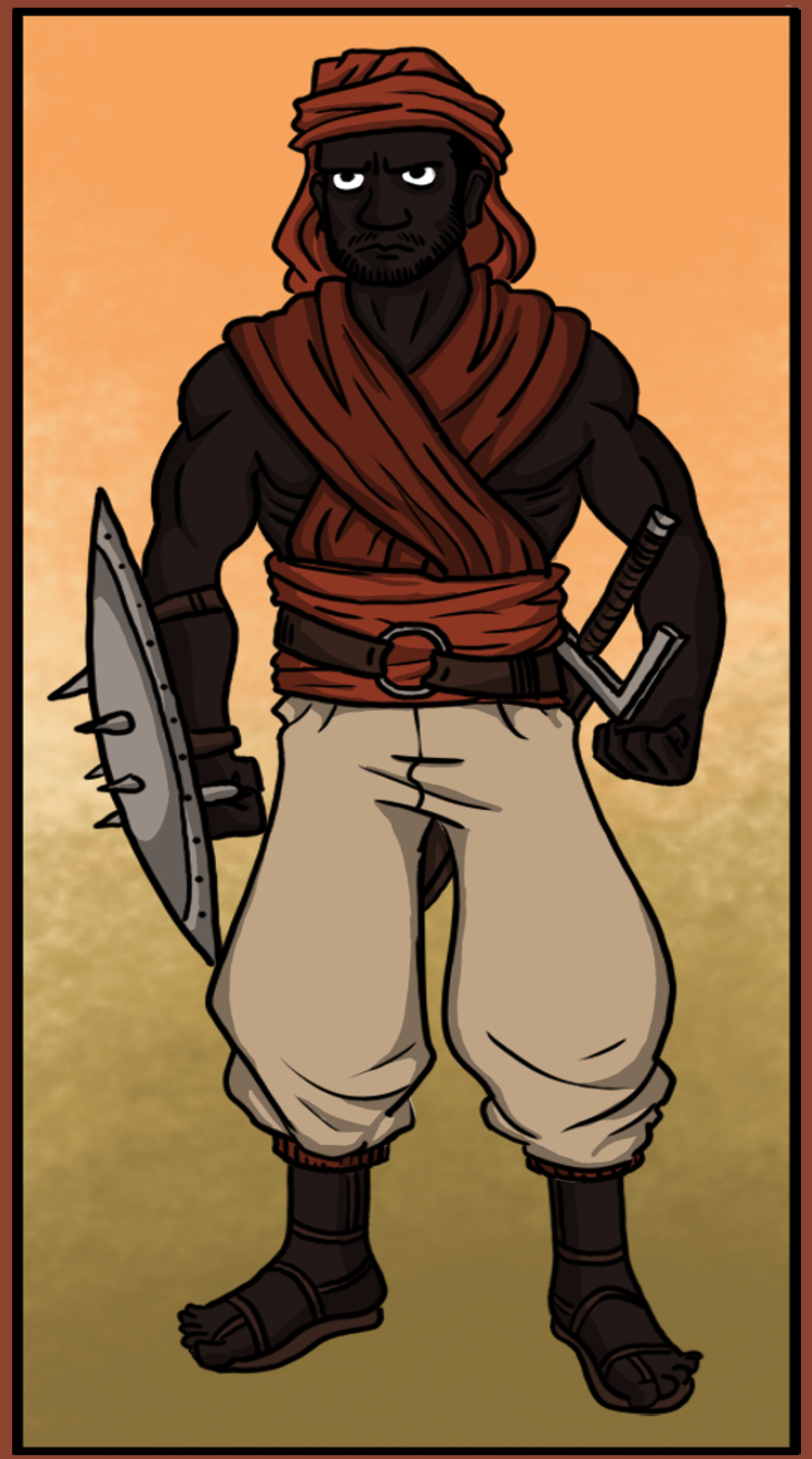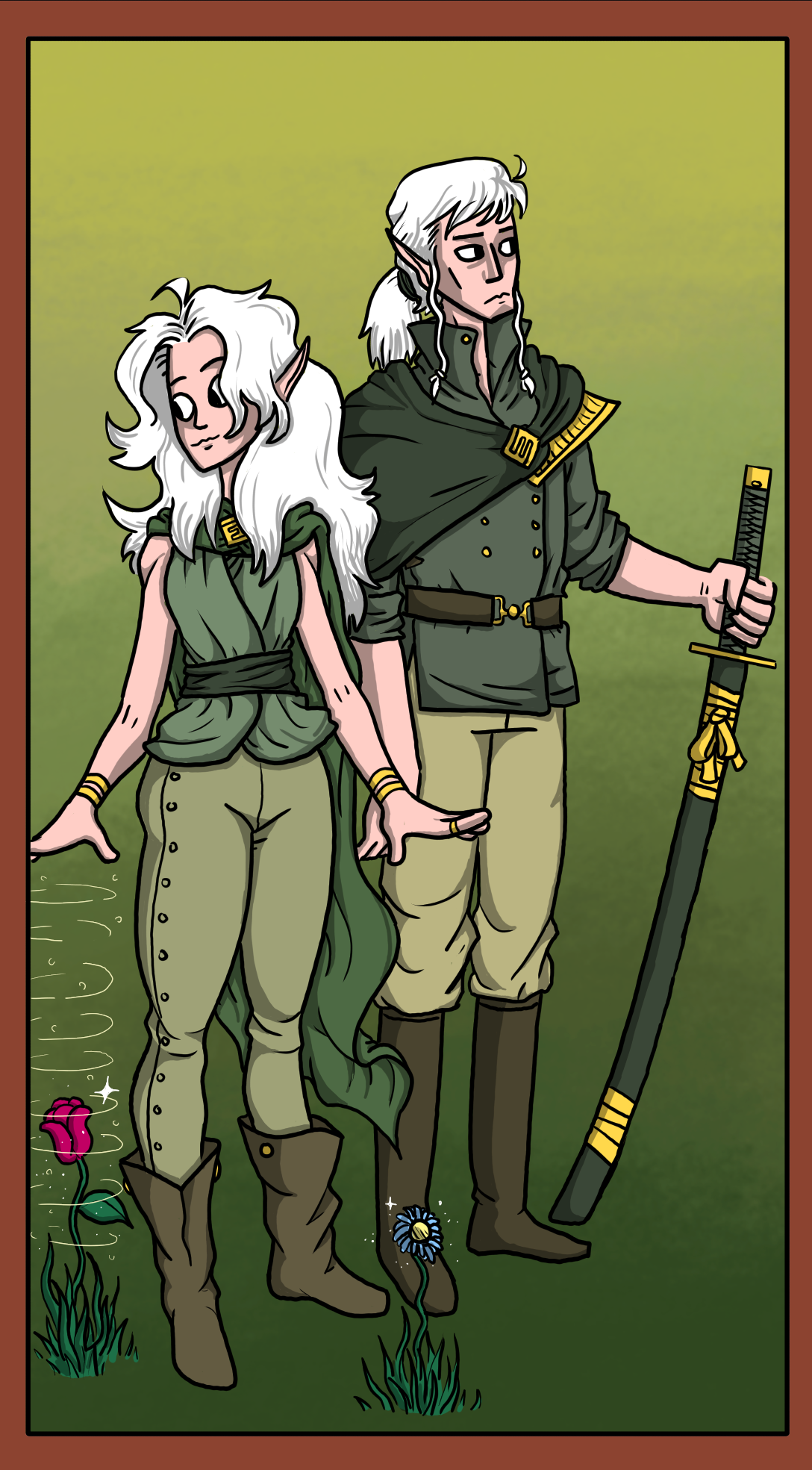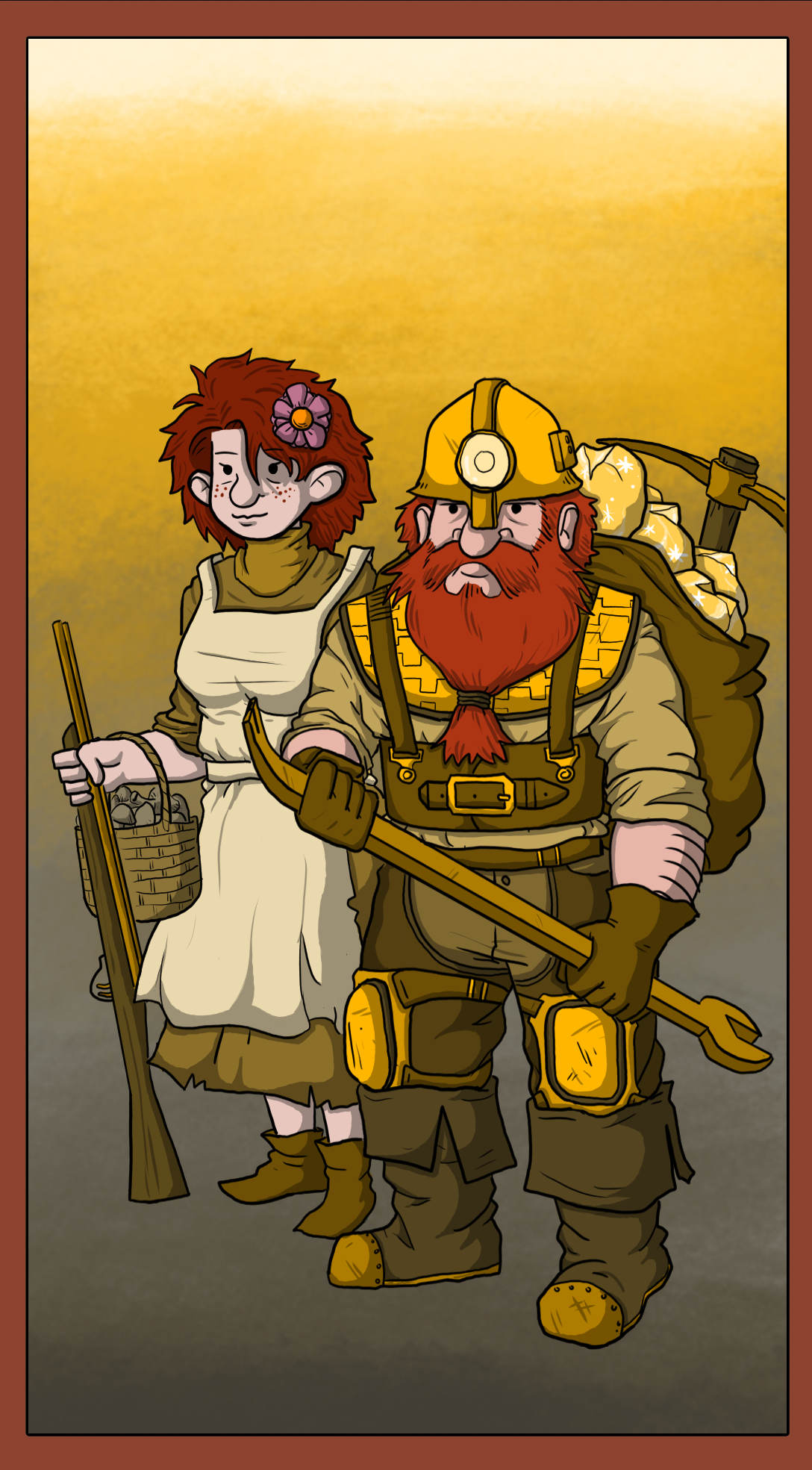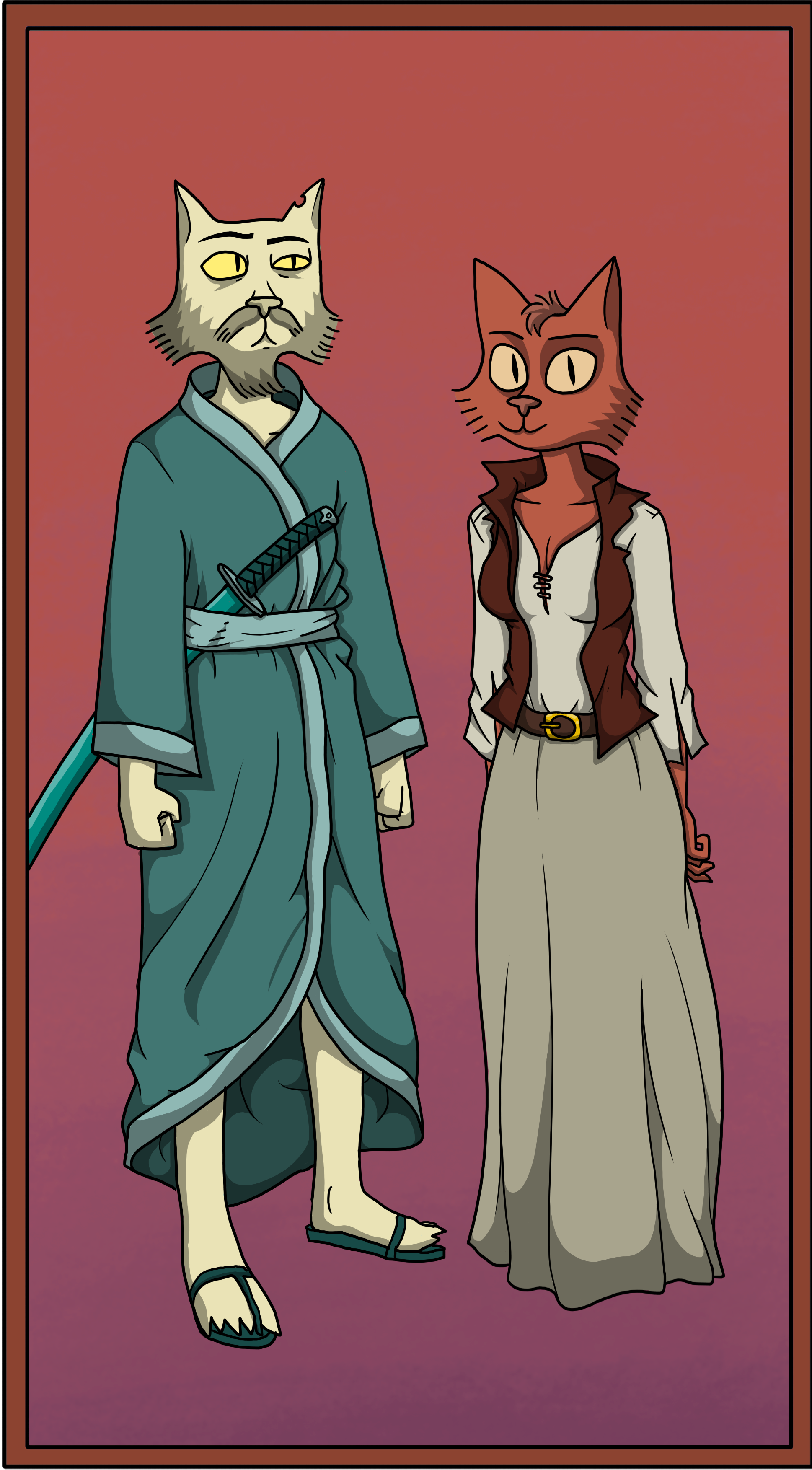
GRASSLANDER
Grasslanders are among the most ethnically diverse subraces of humankind, native to the Big Green. In the early ages of Mankind, Grasslanders were said to be more distinctly homogeneous, and some of the first humans alive. Men of the Green were tanned and dark-haired, with some exceptions. In the Northern parts of the Green where nights were long and winter-months were dark, the people were much more pale, and usually fair haired. In the Second Age these men of the North migrated in mass to the Polar Ice Sheets to escape tyrannical rule, and over time became modern Icelanders. (Others migrated underground, and continue their lineage in the current age as Dwarves.) Those that accepted a unified Big Green (and the rule of its king) were effectively bred out of existence, as were the other native Grasslanders.
Today, Grasslanders vary widely in appearance. Generally round-faced, with skin tones that range from fair to very tanned, or even dark. Hair colors are similarly varied, and in some cases are quite unnatural. Their cultures vary regionally, and any following attempts to unify the littered kingdoms under one flag have failed. They are an easily corruptible people, that could just as easily destroy an empire with bureaucracy as they might build one through revolution.

SANDLANDER
The
Sandlanders are a people that value honor through battle, and among them are the most talented warriors of the world. Native to the unforgiving deserts of the Sandland, men of the Sands have developed and adapted to its harsh climate. Their bodies are uniquely thermoregulated, which can prevent sweating to an extent and help them survive longer without water.
Like other humans, they are an old race that has lived beyond much of recorded history. They are a homogenous people; Dark skin, dark hair, and a large build characterizes most of them with very little exception. Immigration and the general mixing of races is discouraged in their culture, after the backstabbings and World Wars of the Second Age. Foreigners are largely considered honorless worms until proven otherwise, (or enslaved). The right to lead in Sandlandic kingdoms is merited with strength, and as a means of maintaining good relations across the continent an olympic festival of combat between their kings, (or "Shah" in their tongue,) is held yearly. These events are highly publicized, and often used as a means to settle disputes between leaders. While many consider their ways barbaric, they have historically seen fewer wars than either the Grasslandic or Canelandic kingdoms.

ICELANDER
The
Icelanders are a sparse, nomadic subrace of little renown, largely confined to the Northern Polar Ice Sheets. Like many other subraces and peoples, the Icelanders once lived among the Grasslanders in the Big Green and have since left to pursue their own interests. They are a stone-faced people of few words, accustomed to frigid temperatures and characterized by pale skin, fair hair, and cold blue eyes. Over all else, an Icelander will tend to value personal freedom and self reliance, a mindset that can be still be seen today in their distant cousins, the Dwarves. This thinking lends them to caring little (if at all) for the petty squabbles of the more established realms of Mankind, and leaves most of their conflict self contained.
Though generally an Icelander's only wish is to be left alone, they pack bond in a way that isn't often seen in larger civilizations. Friendship and family, as rare as they are for these people, are all the more valuable and fiercely protected. They're stoic wanderers that generally avoid conflict, but when backed into a corner they can make for barbaric warriors. With their small population and nomadic ways, Icelanders typically engage in guerilla skirmishes rather than traditional warfare and siege tactics seen elsewhere in the world.

CANELANDER
Of the four primary subraces of Mankind,
Canelanders are the most numerous, and could potentially be further divided into lesser groups. Men of the Canelands are generally smaller in frame than other humans, with fair skin, and dark hair. Their eyes are also distinctly narrow, and their faces tend to favor more angular features. (The Elves share a similar physiognomy, and are believed to have common ancestors). Culturally the Canelanders tend to be an industrious people bound by strict codes of honor and respect, but this varies regionally over their vast continent. The brightest minds humanity can offer have historically been Canelanders, with some exceptions. As such, there are many Canelandic dynasties and kingdoms devoted to the study of alchemy and other magics.
An unfortunately large chunk of their scientific contributions to the world have been geared towards warfare, however. Even just the invention of gunpowder or the ancient molten-core-bomb, though brilliant achievements, were needlessly violent and led to the Long Winter of the Third Age. In the current age, Canelanders remain excellent magicians, dextrous swordsmen, and diligent tradesmen. As such, many foreigners travel to their lands to study alchemy, the blade, or mercantile arts.







